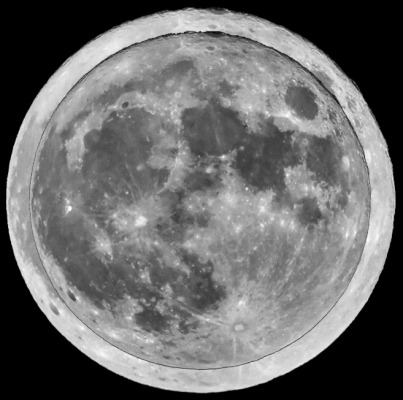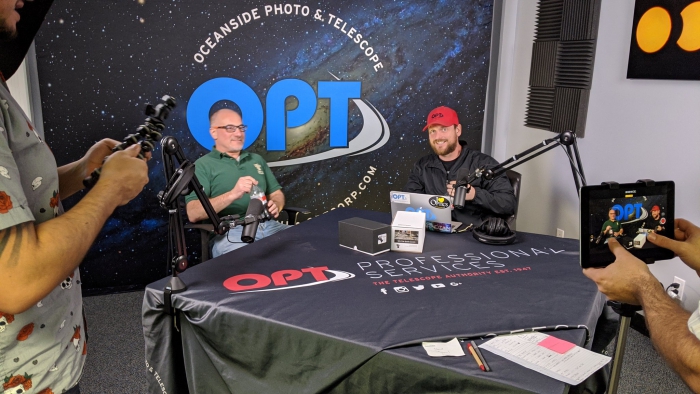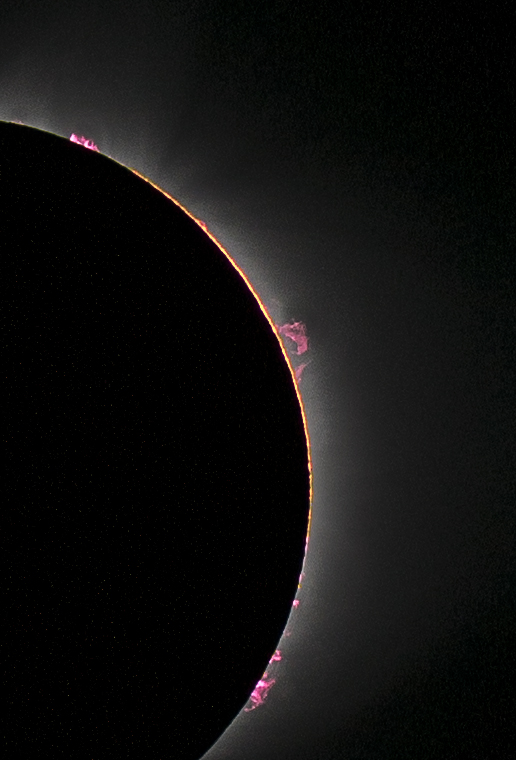2020: Solar & Lunar Phenomena Overview + Space Junk Podcast
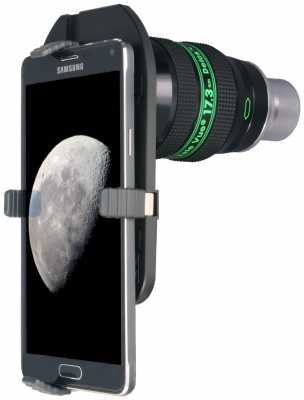
Lunar Eclipses
This year we are blessed by not one, not two, not three, but four penumbral lunar eclipses! (At most there can be five lunar eclipses in a year.) However, none will be dramatic: a penumbral eclipse has the Moon passing through the edges of Earth’s shadow and darkening only slightly. Most people won’t even notice the darkening taking place. There will be no dramatic “bite” taken out of the Moon and it won’t turn the color of “blood”.
The best way to prove to your friends an eclipse took place at all is with a time-lapse video showing the Moon “dipping its toes” in the Earth’s shadow. A smartphone with a time-lapse app make it easy to do this. To reasonably enlarge the size of the Moon, you’ll need to image through your telescope with the smartphone. We recommend using the sturdy clamp-arms of Tele Vue’s FoneMate™ connected to a compatible low-power Tele Vue eyepiece. A tracking mount for your scope will help keep the Moon in view during the time-lapse.
The following table and graphics with details of each eclipse is adopted from the NASA Lunar Eclipses 2011-2020 webpage by Fred Espenak.
| Calendar Date (YYY Month DD) | Greatest Eclipse (UT) | Geographic Visibility |
|---|---|---|
| 2020 Jan 10 | 19:09:59 | Europe, Africa, Asia, Aus. |
| 2020 Jun 05 | 19:25:02 | Europe, Africa, Asia, Aus. |
| 2020 Jul 05 | 4:30:00 | Americas, sw Europe, Africa |
| 2020 Nov 30 | 9:42:49 | Asia, Aus., Pacific, Americas |

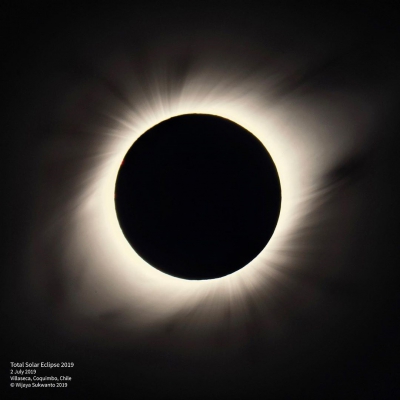
We only get two eclipses this year, an “annular” one in June and a total one in December. For the June 21st annular eclipse, the Moon appears smaller than the Sun and never completely blocks it out. At totality, the Sun forms a ring or “annulus” behind the Moon. (This type of eclipse is never safe for naked-eye viewing without eclipse glasses.) The centerline of the event includes the Congos, a small part of the Central African Republic, the middle of South Sudan, northern Ethiopia, the southern part of the Arabian Peninsula, Gulf of Oman, southern Pakistan, northern India, southern Tibet, across southern China, and Taiwan.
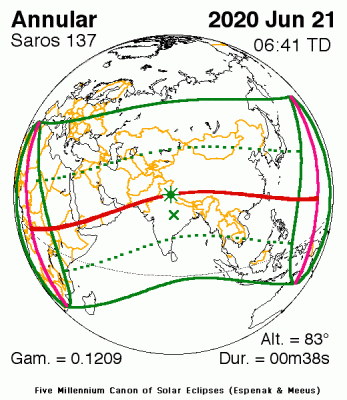 |
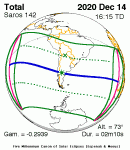 |
| Solar Eclipse maps and data courtesy of Fred Espenak and Jean Meeus, “Five Millennium Catalog of Solar Eclipses: -1999 to +3000” (NASA/TP-2008-214170). Green lines denote limits of visibility. Key to Solar Eclipse Figures. | |
The center path-line for the December 14th total eclipse travels mostly over the southern Pacific and Atlantic oceans. The only major landfall is through a narrow strip of Chile and Argentina in southern South America. The eclipse then crosses the ocean and ends right off the coast of Namibia. However, people on land there will see only a partially eclipsed Sun setting over the ocean.
